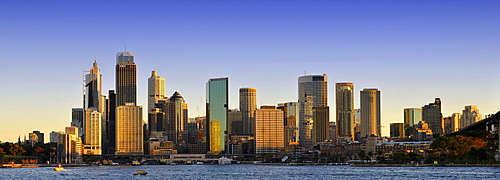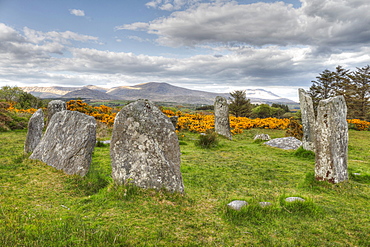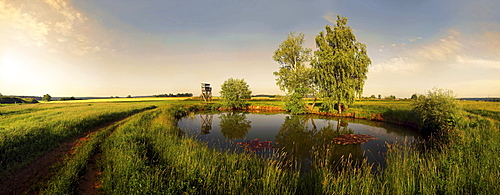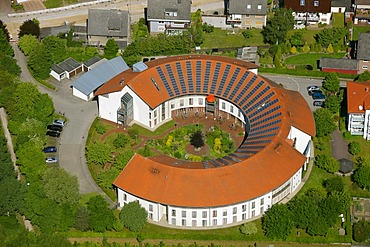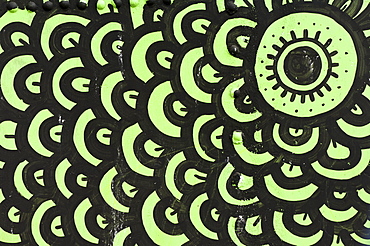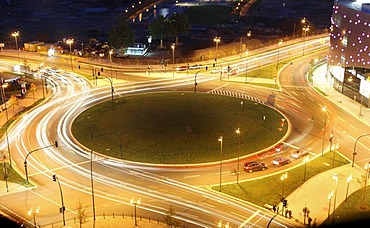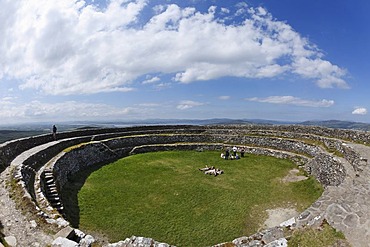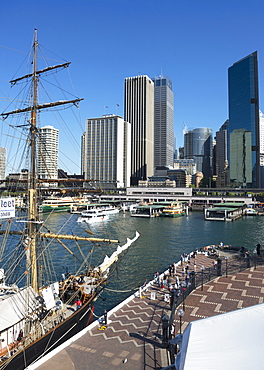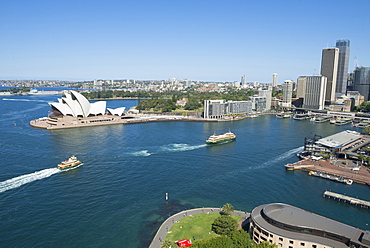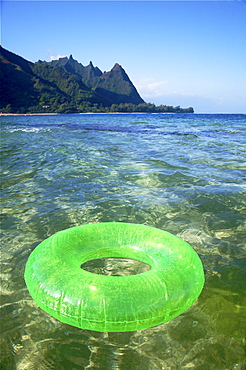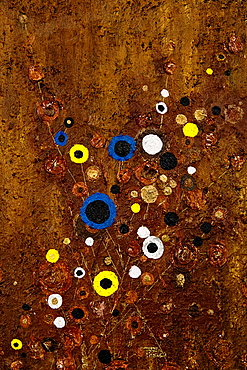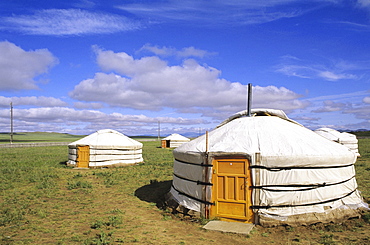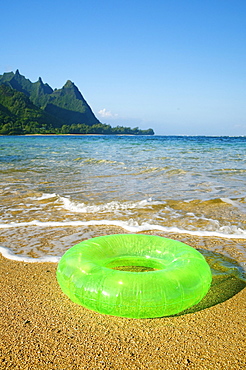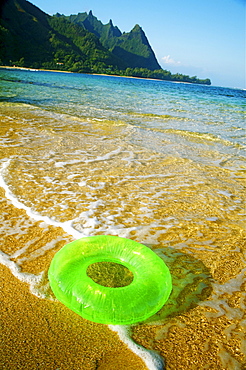Recent searches
Loading...
832-125953 - Modern architecture in Astana, Kazakhstan, Central Asia
832-123749 - Interior view of the James R. Thompson Center, JRTC, State Building, formerly known as the State of Illinois Center, Chicago, Illinois, United States of America, USA
832-123750 - Interior view of the James R. Thompson Center, JRTC, State Building, formerly known as the State of Illinois Center, Chicago, Illinois, United States of America, USA
832-118234 - Bodleian Library, Bodley's Library, Radcliffe Camera, Main Library, Radcliffe Square, Oxford, Oxfordshire, England, United Kingdom, Europe
832-123751 - Interior view of the James R. Thompson Center, JRTC, State Building, formerly known as the State of Illinois Center, Chicago, Illinois, United States of America, USA
832-109200 - University library in Heidelberg, interior view, art nouveau, staircase, circular stairs, Heidelberg, Baden-Wuerttemberg, Germany, Europe
832-104817 - Olsker Round Church, Bornholm, Denmark, Europe
832-102758 - Panorama, Sydney Cove, Circular Quay, harbour, skyline, Central Business District, Sydney, New South Wales, Australia
832-104224 - Derreenataggart stone circle, Megaliths, Castletownbere, Beara Peninsula, Cork, Republic of Ireland, British Isles, Europe
832-105451 - Human Rights Room, interior, Parliament Palace, Bucharest, Romania, Europe
832-106389 - Small circular lake with reflected trees and raised hide between meadows and a beautiful sunset, Adelschlag, Bavaria, Germany, Europe
832-103849 - Circular bay of Torre di Chia on the Costa del Sud, Sulcis Province, Sardinia, Italy, Europe
832-103848 - Circular bay of Torre di Chia on the Costa del Sud, Sulcis Province, Sardinia, Italy, Europe
832-98798 - Aerial picture, roof with solar panels, rotunda, Alt-Oer retirement home, Oer-Erkenschwick, Ruhr Area, North Rhine-Westphalia, Germany, Europe
832-101563 - Uyuni train cemetery, Altiplano, Potosi, Bolivia, South America
832-72725 - Bright blue illuminated spinning carousel, Oktoberfest 2010, Munich, Upper Bavaria, Bavaria, Germany, Europe
832-59317 - Aerial view, fisheye shot, exit Hamm-Rhynern, building site at the highway entrance Rhynern, Hamm, Ruhr Area, North Rhine-Westphalia, Germany, Europe
832-79726 - Circular staircase, Vitra Design Museum, Weil am Rhein, Baden-Wuerttemberg, Germany, Europe
832-80382 - Dome of the church of the Dominican convent of Nuestra Senora del Rosario, Lima, UNESCO World Heritage Site, Peru, South America
832-69007 - Aerial view, circle-shaped housing estate, Ahrensburg, Schleswig-Holstein, Germany, Europe
832-52595 - Roundabout in a town centre, light trails of vehicles at night, Berliner Platz Square, Essen, North Rhine-Westphalia, Germany, Europe
832-41537 - Rare circular display of painted people, neolithic rock art at Arakokem, Adrar Tekemberet, Immidir, Algeria, Sahara, North Africa
832-43950 - Ring fort Grianan of Aileach, also Ailech, Grianan Ailigh, Inishowen Peninsula, County Donegal, Ireland, British Isles, Europe
1113-78569 - Plaza Redonda, open-air market in Valencia, Spain
1113-62662 - View from Sydney Harbour Bridge, Bridgeclimb is an official tour to the top of the single-arch bridge above the spectacular Sydney Harbour, Circular Quay, Opera House, Harbour Bridge, Sydney, Sydney Harbour, New South Wales, Australia
1113-61190 - Tholos temple at the sanctuary of Athena Pronaia, was a circular building, Delphi, Greece
1113-61112 - Lion Gate, circular wall around the acropolis of Mycenae, Peloponnese, Greece
1113-61003 - Tholos temple, a circular building in the Athena Pronaia Sanctuary, Delphi, Greece
1113-39925 - Aerial view of a round, circular village, Luebeln in Wendland, Lower Saxony, Germany
1113-47674 - Aerial view of Windsborn crater lake, rural district of Daun, Eifel, Rhineland Palatinate, Gemany, Europe
1113-47675 - Aerial view of Windsborn crater lake, rural district of Daun, Eifel, Rhineland Palatinate, Gemany, Europe
1113-45591 - Looking up through one of the circular towers at Conwy Castle in Conwy, Wales, UK
1113-39809 - Aerial view of a residential building site, new circular housing settlement near Bremerhaven, Bremen, Germany
797-10231 - Mexico, Veracruz, Circular fountain in foreground of the Customs House.
1113-24147 - The Liquidrom, circular pool, under a vaulted roof. Light and sound used for effects, wellness, Berlin, Germany
718-1826 - Circular Quay and Business Financial District, Sydney, New South Wales, Australia, Pacific
718-1838 - Circular Quay and The Rocks, Sydney, New South Wales, Australia, Pacific
718-1839 - Circular Quay and Opera House, Sydney, New South Wales, Australia, Pacific
1116-29263 - Hawaii, Kauai, Tunnels beach, Green innertube on the water.
1116-29103 - Sweetness, Abstract flora (Oil painting).
1116-32033 - Hawaii, Day Octopus (Octopus cyanea), View of curling legs from underside, clear blue ocean water.
1116-29129 - Arizona, Near Page, Landscape of Horseshoe Bend and Colorado River.
1116-36561 - Hawaii, Oahu, Waikiki, View of huge orange sun sinking towards the horizon.
1116-34080 - A glass fishing ball floats in shallow water, bright reflections
1116-30487 - Australia, Kookaburra (dacelo navaguinae), Close-up of face.
1116-27986 - School of fish encircling woman floating in tropical ocean water.
1116-33692 - Mongolia, Ger Ranch, Traditional Nomadic home with yellow door, flat grassy countryside.
1116-33691 - Mongolia, Ger Ranch, Traditional Nomadic homes on flat grassy countryside.
1116-29269 - Hawaii, Kauai, Tunnels beach, Green innertube on the beach.
1116-27985 - School of fish encircling woman floating in tropical ocean water.
1116-29625 - Oregon, Crater Lake National Park, Snowy Crater Lake and Wizard Island.
1116-34356 - Alaska, Panhandle, Inside Passage. 2 Humpback whales fluke by a fiery sunset.
1116-29623 - Oregon, Crater Lake National Park, Snowy Crater Lake and Wizard Island.
1116-34082 - Three glass fishing floats roll on the sandy shoreline with ripples of water and seafoam
1116-30832 - Alaska, Denali National Park, Tundra pond along McKinley River, Alaska Range in distance.
1116-31160 - Pink swim ring floating in the ocean water.
1116-29017 - Hawaii, slate pencil urchin, (heterocentrotus mammillatus).
1116-31186 - Inflatable fish ring in pink, yellow and orange, detail of face with ocean and sky.
1116-30939 - Papua New Guinea, jellyfish with blue sky background.
1116-29265 - Hawaii, Kauai, Tunnels beach, Green innertube on the beach.
1116-31243 - Hawaii, Day Octopus (Octopus cyanea), View of curling legs from underside (Black and white photograph).
1116-31717 - Fiji, Denarau Island, Palm related plant close-up.
1116-10067 - Circular Incan Agricultural Terraces; Moray Peru
1116-8648 - Palacio Azul (Blue Palace); Cienfuegos, Cuba
1116-10071 - Circular Incan Agricultural Terraces; Moray Peru
365-3841 - Woodhenge, showing circular design, Amesbury, Wiltshire, England, United Kingdom, Europe
799-2112 - Heart shaped pattern on a circular granite boulder, Porth Nanven, Cornwall, England, United Kingdom, Europe
1112-82 - Desert View Watchtower, Grand Canyon National Park, UNESCO World Heritage Site, Northern Arizona, United States of America, North America
1109-152 - Opera Bar and Circular Quay at night, Syndey, New South Wales, Australia, Pacific
1109-138 - Sydney city centre and Circular Quay at Sydney Harbour, Sydney, New South Wales, Australia, Pacific
1060-14 - New born baby humpback whale calf, white in colour, curious and playful. Vava'u Tonga South Pacific
1060-25 - Arctic pack ice, Spitsbergen Norway, Arctic Ocean through a fisheye lens
1060-12 - Humpback female and her calf Vava'u Tonga in the South Pacific, shot with a fisheye lens
1060-10 - Sperm whale juvenile shot with a fisheye n the Azores Portugal
1060-13 - Jellyfish in Neiafu Harbour, Vava'u Tonga in the South Pacific. shot with a fisheye lens
908-74 - Circular Spadefish/Batfish (Platax orbicularis) Shoal. Barracuda Point, Sipadan Island, Borneo, Malaysia
(RR)
908-73 - Circular Spadefish/Batfish (Platax orbicularis) Shoal. Barracuda Point, Sipadan Island, Borneo, Malaysia. (RR)
978-72 - Circular Batfish (Platax orbicularis). Red Sea.
911-7820 - A boulder of millstone grit on Ilkley moor with a perfect circular hole probably formed by a large inclusion weathered out of the bedrock, West Yorkshire, England, United Kingdom, Europe
911-7819 - A boulder of millstone grit on Ilkley moor with a perfect circular hole probably formed by a large inclusion weathered out of the bedrock, West Yorkshire, England, United Kingdom, Europe
911-7818 - A boulder of millstone grit on Ilkley moor with a perfect circular hole probably formed by a large inclusion weathered out of the bedrock, West Yorkshire, England, United Kingdom, Europe
1012-120 - Coconut or Margined Octopus (Octopus marginatus) hiding in Paint Can. This animal often hides in the husk of coconut, and also in 1/2 shells (like clams) when young. Lembeh Strait, Sulawesi, Indonesia. (rr)
1012-196 - Tube Anemone (Currently unidentified). Gorontalo, Sulawesi, Indonesia
995-69 - Whooper Swan (Cygnus cygnus) on an early morning flight, slow shutter speed capturing a circular flight around the valley floor. Shot shows valley walls in the background , Scotland
934-149 - Sara Campbell world Champion freediver running freediving courses in Dahab. Egypt.
931-41 - Short finned pilot whale (Globicephala macrorynchus). A very young pilot whale showing the foetal folds. Ripples on the surface have created a circular pattern of stripes too. Gulf of California.
979-7139 - Chinstrap penguin (Pygoscelis antarctica) chick head detail at colony on Useful Island near the Antarctic Peninsula. There are an estimated 2 million breeding pairs of chinstrap penguins in the Antarctic peninsula region alone, perhaps as many as 7.5 million breeding pairs in all of Antarctica. Their name derives from the narrow black band under their heads which makes it appear as if they are wearing black helmets, making them one of the most easily identified types of penguin. Other names for them are "Ringed Penguins", "Bearded Penguins", and "Stonecracker Penguins" due to their harsh call. They grow to 68 cm (27 in). The average adult weight of a Chinstrap Penguin is 4.5 kg (10 lbs). Weight can range from 3 to 6 kg (6.6-13.2 lbs), with males being slightly larger and weight varying based on where the penguin is in the breeding cycle. Their diet consists of krill, shrimp, and fish. On land they build circular nests from stones, and lay two eggs, which are incubated by both the male and the female for shifts of five to ten days. They can also breed on icebergs, though they prefer non-icy conditions. The chicks hatch after about 35 days, and have fluffy gray backs and white fronts. The chicks stay in the nest for 20?30 days before they go to join a creche. At around 50?60 days old, they moult, gaining their adult plumage and go to sea. The Chinstrap Penguin was first described by German naturalist Forster in 1781. Its specific epithet was often seen as antarctica, however a 2002 review determined the genus Pygoscelis was masculine, and hence the correct binomial name is Pygoscelis antarcticus.
979-6501 - Rain drops on the sea in Southeast Alaska, USA. Pacific Ocean.
970-355 - Blue Button (Porpita porpita), Jellyfish with clear cound, blue disc with tentacles extended, Cayman Brac rockpool, Cayman Islands, Caribbean
979-4573 - The Lindblad Expedition ship National Geographic Explorer transits Lemaire Channel in late evening light on the west side of the Antarctic peninsula in Antarctica
979-4557 - The Lindblad Expedition ship National Geographic Explorer transits Lemaire Channel in late evening light on the west side of the Antarctic peninsula in Antarctica
911-4229 - The London Eye on the Thames South Bank UK with a black headed gull flying past, London, England, United Kingdom, Europe
911-4296 - A Christmas wreath on a house front door, England, United Kingdom, Europe
911-3598 - A business man at work at Regus in London, England, United Kingdom, Europe








